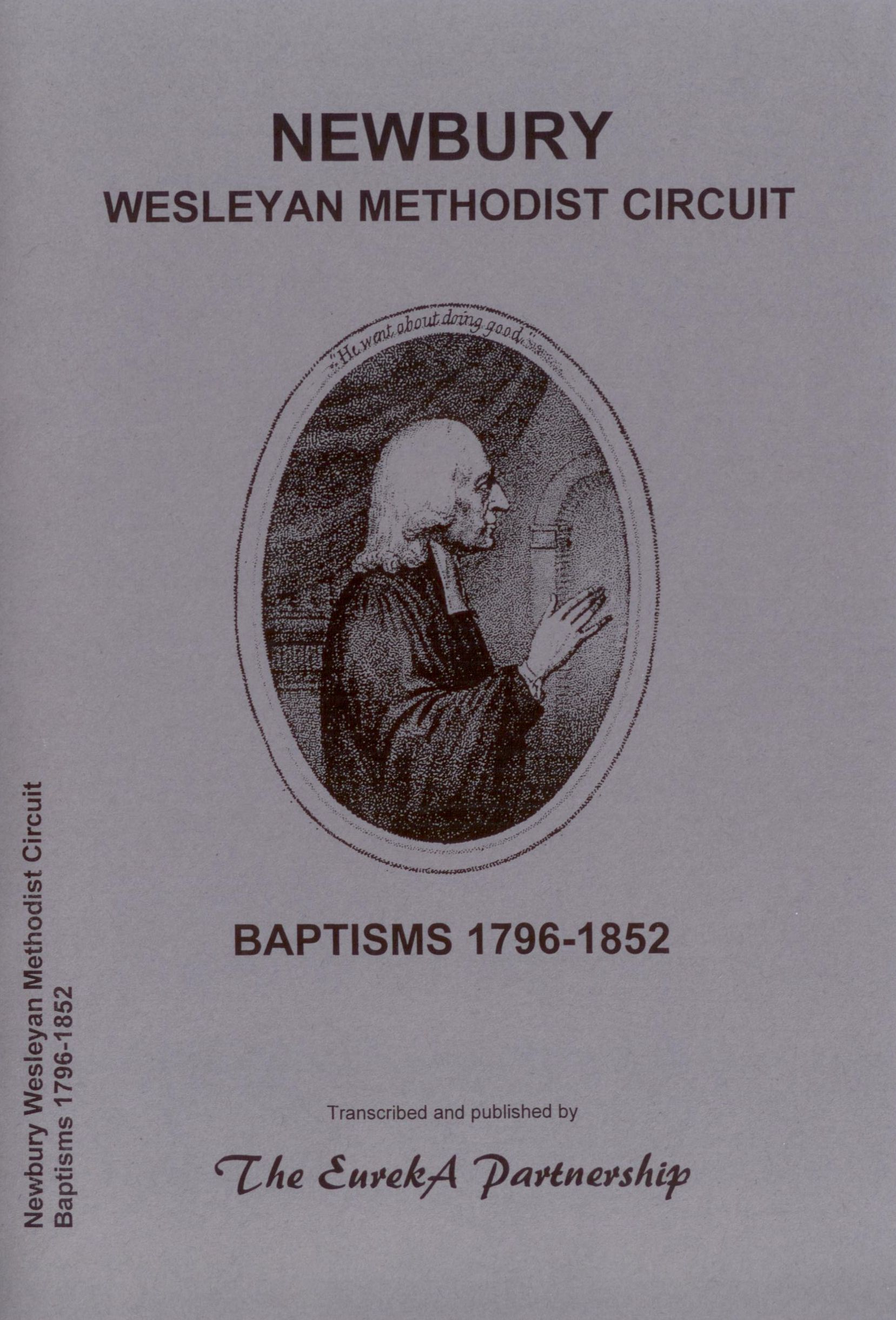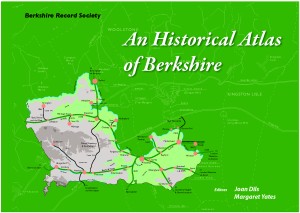An Historical Atlas of Berkshire, (2nd Edition)
£20.00
This new enlarged edition with 74 articles on Berkshire’s history from the Palaeolithic to 21st century each accompanied by maps in full colour, and with numerous illustrations. Indispensable to those with Berkshire ancestors.
Joan Dils and Margaret Yates, editors (Berkshire Record Society, 2012) Second edition ISBN: 9780 9548 7169 7
5 in stock
Description
Joan Dils and Margaret Yates, editors (Berkshire Record Society, 2012) Second edition ISBN: 9780 9548 7169 7
This new edition is almost half as large again as it’s predecessor (published in 1998), with 74 articles on Berkshire’s history (and pre-history) from the Palaeolithic period to the twenty-first century, each accompanied by specially-drawn maps in full colour, and with numerous illustrations. Most of the original articles have been revised and updated, and many new ones added. The editors, Joan Dils and Margaret Yates, have assembled a formidable band of specialists to create what is likely to become the standard work on Berkshire’s history for many years to come. For those wishing to possess an accessible introduction to the county of their ancestors, this book will be indispensable.
The scene is set with articles on Berkshire’s geology and topography and on the changing county boundary. Major upheavals in the county’s history are covered by articles on the Civil War, the enclosure movement and the Swing Riots, while essays on bridges and roads, rivers and canals, and the railways (see illustration), explore the history of features in the landscape that still shape the Berkshire of today.

Church and chapel, which featured large in the lives of our ancestors are covered by a range of articles on Anglican churches medieval and modern, church monuments, Protestant nonconformity from the sixteenth to the nineteenth centuries, Roman Catholicism in Berkshire, and the 1851 religious census: the essay on religious houses reveals that there were many more such establishments in Berkshire besides the two great abbeys of Reading and Abingdon. The essay on Anglican church building in the nineteenth century shows what a rich legacy of buildings was left to us by our Victorian forebears. The stories of rich and poor are both covered with articles on country houses and workhouses: Berkshire was a popular place for new country houses in the eighteenth and nineteenth centuries, with nearly 100 being built between 1750 and 1800, while the poor were herded together into the gaunt union workhouses (the largest accommodating up to 500 paupers) erected after the 1834 Poor Law Amendment Act (see illustration).

The importance of farming in Berkshire’s economy is revealed in articles on landholding and agriculture, while the contribution that agriculture made to business and industry in the county becomes clear in articles on rural crafts and servicing trades, woodland trades and industries, and malting and brewing. A ground-breaking article on county carriers reveals the complex network of routes established by these vital providers of transport in the nineteenth century. But while Berkshire was predominantly an agricultural county, the history of its towns is not forgotten, with articles on market towns between 1750 and 1901, the development of Reading from 1800 to 2010, and (new for this edition) on Bracknell New Town. Other aspects of the county’s twentieth-century history are covered in articles on Berkshire during the Second World War and Berkshire airfields.

This can be no more than a taster for the wealth of information contained in this welcome new book – well worth buying for yourself and your friends. Copies are available from the Berkshire FHS Bookshop and the Berkshire Record Office, at £20, plus postage.
Dr Peter Durrant
Additional information
| Weight | 880 g |
|---|---|
| Dimensions | 297 × 210 cm |









